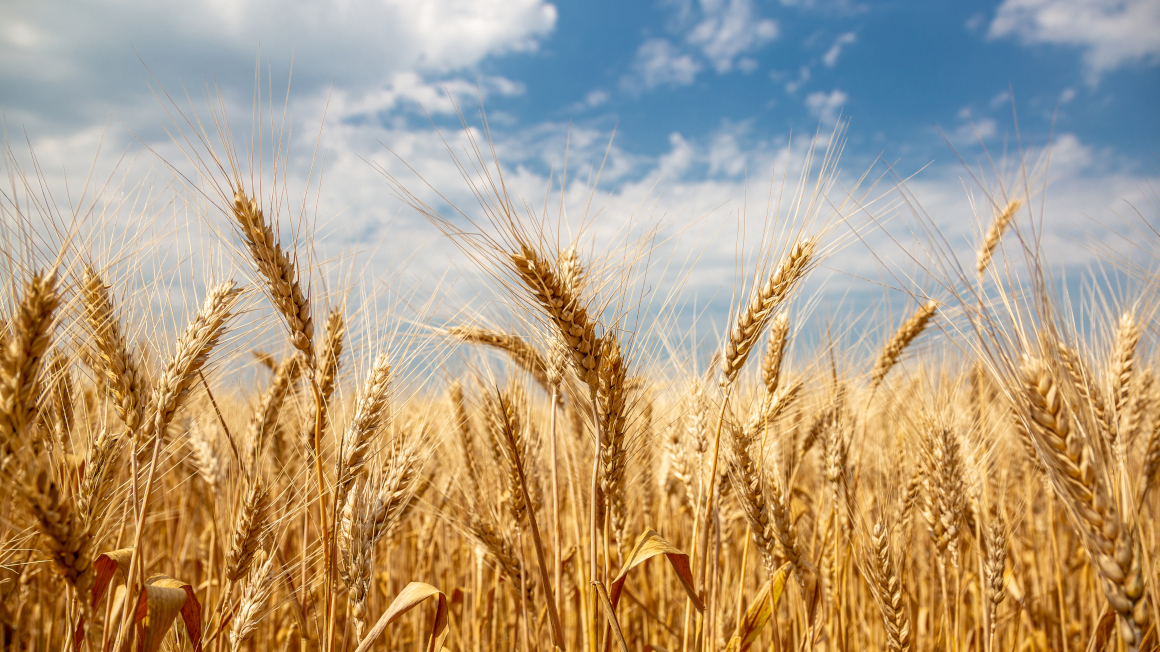Satellites track algal blooms
A new algorithm allows the identification of phytoplankton species in the ocean based on satellite data and predicts the growth of toxic algal blooms.

Satellite data have long since expanded their use beyond weather forecasting. They provide agricultural researchers with important information on soil properties or plant growth and are the basis for harvest forecasts. Data collected from orbit are also an important tool for marine researchers to observe algae growth. Up to now, satellites have been used to measure the amount of the plant pigment chlorophyll in the water and thus the concentration of algae. However, a differentiation according to algal species or even a prediction of algal growth was virtually impossible.
Algorithm recognizes five main phytoplankton
An international team led by Hongyan Xi and Astrid Bracher from the Alfred Wegener Institute for Polar and Marine Research (AWI) has now succeeded in doing so. In cooperation with the French company ACRI-ST and the European satellite data service Copernicus Marine Environment Monitoring Service, they developed an algorithm that can distill information on five important phytoplankton groups from the orbital data.
Reflectance of algal pigments analyzed
The basis for this was information on the different wavelengths of light, which are recorded by the satellites using sensors. As the researchers report in the specialist journal "Remote Sensing of Environment", they concentrated primarily on the degree of reflection in their data analysis. The so-called reflectance indicates how much sunlight is reflected back into space by the earth. This reflected light is scattered, bent and altered by water molecules and particles in the sea and in the atmosphere. "And the plankton, which itself contains certain pigments, has an influence on the reflectance. The reflectance can differ, depending on which types of plankton and which pigments are dominant in the water," says Hongyan Xi.
Algae leave a fingerprint on reflectance
This means that each of the five different algae groups leaves its own fingerprint on the reflected light. With the help of the new algorithm, this reflectance pattern becomes visible - and with it the type of phytoplankton.
In order to be able to assign the reflectance to the respective algal group, numerous databases were scoured in advance. Satellite measurements were combined with plankton samples taken during ship expeditions at the same time and place. The team evaluated 12,000 such algal data sets. In this way, the scientists were finally able to understand how the reflectance of the respective algae changes and to develop an algorithm that is able to infer the predominant algae groups in the marine regions from the reflectance information.
Detecting and predicting algal blooms
The researchers have thus created an important tool that makes it possible for the first time to detect harmful algal blooms (HABs). The growth of the algae also allows conclusions to be drawn about water quality. "In addition, in the future we’ll be able to determine whether or not the distribution of phytoplankton is affected by climate change," says Hongyan Xi: "an important aspect in terms of predicting the impacts on ecosystems."
bb/um


